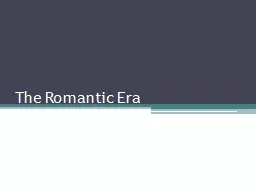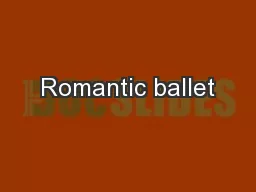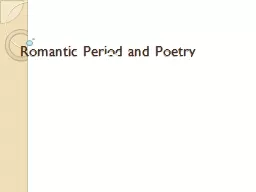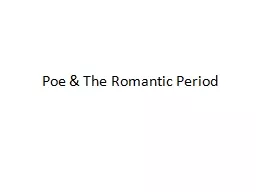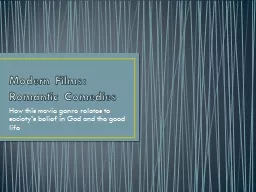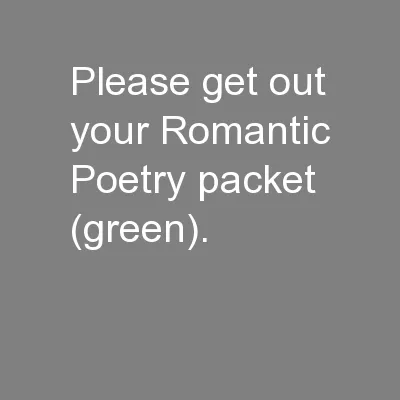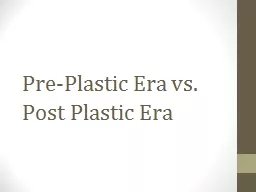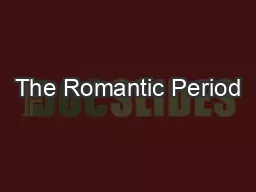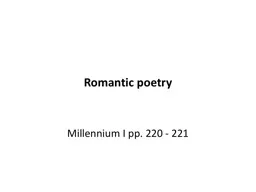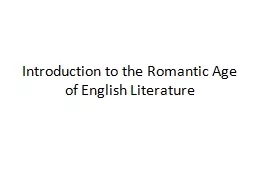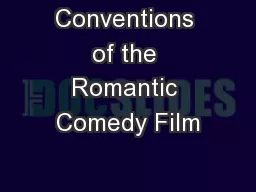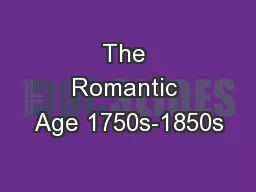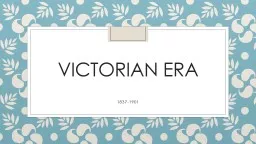PPT-The Romantic Era The Romantic Period
Author : natalia-silvester | Published Date : 2018-03-16
Approximately 18101900 Growth of established forms such as opera mass symphonies and concertos Greater experimentation and freedom to explore timbre and harmony
Presentation Embed Code
Download Presentation
Download Presentation The PPT/PDF document "The Romantic Era The Romantic Period" is the property of its rightful owner. Permission is granted to download and print the materials on this website for personal, non-commercial use only, and to display it on your personal computer provided you do not modify the materials and that you retain all copyright notices contained in the materials. By downloading content from our website, you accept the terms of this agreement.
The Romantic Era The Romantic Period: Transcript
Download Rules Of Document
"The Romantic Era The Romantic Period"The content belongs to its owner. You may download and print it for personal use, without modification, and keep all copyright notices. By downloading, you agree to these terms.
Related Documents

